44 F. high in the Twin Cities Saturday.
30 F. average high on December 5.
32 F. high on December 5, 2014.
1" of snow on the ground at KMSP
December 6, 1950: A snowstorm hits Duluth with 23.2 inches of snow in 24 hours, and a storm total of 35.2 inches.
December 6, 1939: Warm weather occurs over parts of Minnesota. The high temperature hits 62 at New London.
Green Lawns & Open WaterWhat is Going On?
The
symptoms of a warming climate are becoming harder to deny. Like 4
separate thousand-year floods in Minnesota since 2004. Or 50F and rain
in December. This is "weather" but all weather is being flavored by
warming now underway.
"All of our current weather is impacted by
human emissions of heat-trapping gases" St. Thomas climate scientist
John Abraham e-mailed. "What that means is every drought, storm, and
heat wave is made stronger because of humans. That means they cost more
in terms of lives and destruction."
More CO2 is adding 400,000
Hiroshima-sized bombs worth of heat to Earth's system daily; 93 percent
of that warmth is going into the oceans. Now that heat is coming out of
the Pacific in the form of a turbocharged El Nino, maybe the biggest
ever recorded.
Today will be gray and foggy but 40s linger most of
this week; a few newly snowless towns may report 50F midweek. Rain
showers are possible late
Tuesday; again
Thursday as a puff of Canadian air arrives. More mid-March than mid-December.
The
chance of a big rain storm next weekend has diminished; ECMWF
(European) guidance pulls seasonably cold air back into the Midwest next
week. Keep the coats handy.
But in the meantime I'm tempted to put my dock back in and do a little waterskiing. In Minnesota. In December.
Warmth: Impressive in Scope and Intensity.
The forecast temperature anomalies (in Fahrenheit) Saturday morning
show a huge area of relative warmth; temperatures forecast to be as much
as 25-35F warmer than average for December 12. This will manifest
itself in a series of records, mostly record-warm nighttime mins. Map
credit: Weatherbell.
Back to "Average" by the Middle of Next Week.
GFS guidance shows a warm ridge over the eastern USA most of next week;
temperatures dropping well below average from the Plains across the
western half of the USA - temperatures (finally) cold enough for snow
across Minnesota by Tuesday night.
More Vague HInts of March This Week.
NAM guidance shows the spastic journeys of the 32F isotherm over the
next 84 hours (highlighted in orange). For at least the next 4-5 days
nighttime lows will be a few degrees warmer than average highs this time
of year. Source: NOAA and AerisWeather.
Accumulating Snow a Week from Tuesday?
It's early and as good as the ECMWF is I'm skeptical of any 240 hour
forecast. Disclaimer aside it will be (marginally) cold enough for snow
next week; European guidance brings a smear of accumulating snow into
western and central Minnesota next Tuesday night. Source: WSI.
A Little Snow for Christmas?
Although we're still forecast to be in a modified zonal flow by
Saturday evening, December 19, a few waves or troughs of low pressure
embedded in the flow are capable of giving us a series of (minor)
snowfalls. I don't see the big one between now and Christmas, but I'll
keep looking.
Global Warming Key Driver of 2015's Record Heat. Is it El Nino, or global warming, or some symbiotic mash-up of both? Here's an excerpt from
Climate Central: "
It is virtually certain that 2015 will be the warmest year on record, with one of the strongest El Niños
ever recorded combining with manmade warming to send global
temperatures soaring. But which of these is more responsible for the
record heat this year? Global warming fueled by the buildup of heat-trapping gases in the atmosphere is the overwhelming contributor, according to a new analysis by scientists involved with Climate Central’s World Weather Attribution
program and at the University of Reading. That analysis, which broke
down the effects of a number of different possible influences on the
global temperature, found that El Niño provided only a relatively small,
though still noticeable, assist. And with 2015 not even officially yet
in the record books, 2016 could see even more of a warming boost from El
Niño, thanks to the delayed effect it has on temperatures..."
Graphic credit above: "
The
gray line on this graph shows observed surface temperatures from 1880
to 2015. The red line shows the effective temperature forcing of
greenhouse gases and aerosols (converted to CO2), and the blue line
shows the forcing from both those manmade sources and natural factors,
like solar radiation. Early on in the temperature record, the red and
blue lines diverge because natural factors meant the full impact of
greenhouse gases on temperatures wasn't being felt, but in recent years,
the two lines match closely, showing how much greenhouse gases are
dominating global temperatures. 2015 is slightly above the red line
because of a small push from El Niño as well as even smaller
contributions from solar radiation and random weather variations."
This Remarkably Strong El Nino Has Topped Yet Another Significant Record.
The Capital Weather Gang
has more details on the persistent and near-record setting warm phase
in the Pacific and the implications for the rest of the winter. It is
winter, right? "
The exceptionally warm waters of the tropical
Pacific Ocean have surpassed yet another milestone, pushing this El Niño
one step closer to becoming the strongest on record. The strength of El
Niño is measured by how abnormally warm the ocean water is in the
equatorial Pacific. There are many zones in the Pacific that are used to
quantify the strength of an El Niño, including the often-cited Niño 3.4 zone.
Ocean surface temperature is measured and averaged over the entire
region in periods of a week, a month and three months. The records in
this region are typically broken by fractions of degrees..."
A Warm and Wet November. Here's more perspective on last month, courtesy of Dr. Mark Seeley at
Minnesota WeatherTalk: "...
November
of 2015 ranked as the 4th warmest in history on a statewide basis.
Most observers reported a mean monthly temperature that ranged from 7 9F
above normal. For the Twin Cities it was also the 4th warmest November
since 1872. Over 40 weather observers reported at least one daytime
high temperature of 70F or greater. Only a handful reported any subzero
temperature readings. With the exception of a few observers in
northwestern counties, November of 2015 was wetter than normal, ranking
as the 9th wettest historically on a statewide basis. Several observers
reported over 4 inches of precipitation for the month. Snowfall
generally ranged from 2 to 5 inches, mostly coming toward the end of the
month. Isabella, above the shoreline of Lake Superior reported 15.5
inches for the month..."
The Chennai (India) Floods are a Devastating Preview of Unnatural Disasters to Come. Here's an excerpt from meteorologist Eric Holthaus at
Slate: "...
But there are deeper reasons these floods happened where they did. Like New Orleans in 2005, Chennai has a sharp and growing rich-poor divide, and is near sea level—at the front lines of climate change. Photos of people awaiting rescue from rooftops and highway overpasses are eerily similar to post–Hurricane Katrina New Orleans 10 years ago.
Unlike New Orleans, Chennai has a booming economy. Chennai has become
one of India’s primary information technology and health care hubs,
though like many developing country megacities, its infrastructure has
strained to keep up with the rapid growth. For a city built on a
floodplain, development has essentially gone unchecked: Critical infrastructure—like the airport,
automobile manufacturing plants, and IT centers as well as countless
houses—has been built over streams and marshes, and plastic bags clog
drainage networks.."
Photo credit above: "
A
residential area is seen surrounded by floodwaters in Chennai, India,
Saturday, Dec. 5, 2015. Although floodwaters have begun to recede, vast
swaths of Chennai and neighboring districts were still under 2 1/2 to 3
meters (8 to 10 feet) of water, with tens of thousands of people in
state-run relief camps." (AP Photo/Arun Sankar K).
Twisters Give Nation a Pass in 2015: Lowest Death Toll on Record? A low tornado count coupled with better technology and warnings? Here's an excerpt of an interesting post from Bob Henson at
Weather Underground: "
Amid
all the genuinely awful news making the rounds in recent days, here is
one bright spot: the year 2015 may end up with the lowest number of U.S.
tornado fatalities in at least 141 years. As of December 2, preliminary
numbers from the NOAA Storm Prediction Center show only 10
tornado-related deaths nationwide. If this number holds through the end
of the year, it will beat the 12 deaths reported in 1910 to become the
lowest annual total on record. NOAA/SPC keeps tabs on tornado
statistics, including fatalities, back to 1950..."
Graphic credit above: "
Tornado
deaths are far below the levels observed prior to the advent of the
National Weather Service watch/warning system in the 1950s, although the
catastrophic tornadoes of 2011 produced the biggest spike in fatalities
in more than 80 years." Data provided courtesy Harold Brooks, NOAA
National Severe Storms Laboratory; data sources are NWS (1950 – 2015)
and Thomas Grazulis (1875 – 1949).
Look Inside Largest Tornado Ever With New Tool.
The supercell that spawned the massive 2.6 mile-wide EF-5 in El Reno,
Oklahoma on May 31, 2013 produced hail estimated as large as 8" in
diameter. I've never seen that before.
National Geographic has the story and link to a new visualization tool; here's an excerpt: "
Scientists now have a way to understand the fierce tornado that killed veteran stormchaser Tim Samaras in 2013 in El Reno, Oklahoma. The May 31 storm was the largest ever recorded, and one of the fastest. New software
has allowed scientists to piece together video footage of that deadly
storm from 45 different stormchasers. The video is synchronized with
maps and radar data to create a unique 3-D picture of the tornado.
For the first time, scientists can now actually see the “sub-vortex”
that spun out of the tornado at 175 miles (280 kilometers) per hour,
killing Samaras, his son Paul, and colleague Carl Young..."
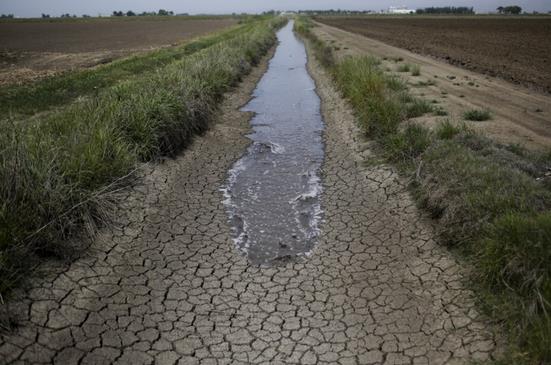 Alarming Research Finds Humans Are Using Up Far More of Earth's Water than Previously Thought
Alarming Research Finds Humans Are Using Up Far More of Earth's Water than Previously Thought. Here's an overview and summary of a new research study at
The Washington Post: "
Freshwater
is one of the planet’s most precious resources — and as the global
population grows and our demand for water rises, so does the need to
carefully monitor its use and availability. Numerous studies have
attempted to calculate the amount of freshwater humans consume globally
from year to year. But in a worrying new study in
the journal Science, scientists argue that we’ve been significantly
underestimating our water footprint — in fact, their research raises the
estimate of our global water consumption by nearly 20 percent and
suggests that we may have crossed an unsustainable threshold in our
water use..."
Photo credit above:
AP/Jae C. Hong.
Nuclear Power Paves The Only Viable Path Forward on Climate Change.
James Hansen and other scientists argue that only (newer/cleaner/safer)
generations of nuclear power will provide electricity at scale that's
needed as we transition to a low-carbon economy; here's an excerpt at
The Guardian: "...
Nuclear power,
particularly next-generation nuclear power with a closed fuel cycle
(where spent fuel is reprocessed), is uniquely scalable, and
environmentally advantageous. Over the past 50 years, nuclear power
stations – by offsetting fossil fuel combustion – have avoided the
emission of an estimated 60bn tonnes of carbon dioxide. Nuclear energy
can power whole civilisations, and produce waste streams that are
trivial compared to the waste produced by fossil fuel combustion. There
are technical means to dispose of this small amount of waste safely.
However, nuclear does pose unique safety and proliferation concerns that
must be addressed with strong and binding international standards and
safeguards. Most importantly for climate, nuclear produces no CO2 during
power generation..."
Photo credit above: "
A build rate of 61 new reactors per year could entirely replace current fossil fuel electricity generation by 2050." Photograph: Tracey Nearmy/AAPIMAGE.
Porsche's Tesla Killer Is Officially On The Way. Wow. Impressive looking vehicle; hopefully the production version will look as good as the concept; here's an excerpt at
Business Insider: "...
The
production form of the car is expected to be a four-door, four-seat
sedan featuring an all-electric drivetrain producing more than 600
horsepower. Porsche predicts the Mission E will be able to sprint from
0-62 mph in less than 3.5 seconds with a range of more than 310 miles. All
of the Porsche's stats seem to be in the same neighborhood as the
benchmark Tesla Model S P90D's "Ludicrous Mode" 2.8-second 0-60 time,
763-horsepower rating, and 300-mile range. Like the Tesla, the Porsche's lithium ion battery pack will be stored under the floor of its passenger cabin..."
The Potentially Life-Saving iPhone Feature You Probably Didn't Notice. I had no idea - but it's probably a good idea to fill this out. Here's a clip from Business Insider and Slate: "...Many
people keep an emergency contact in their phone, generally labeled as
ICE. If you use a passcode for your phone—which you should do—that
contact, though, becomes locked underneath your pin code. Last fall,
Apple created a new feature called the "Medical ID" which it keeps
hidden in the iOS health app. When I talk with people about their
phones, it's often the feature most people have never heard of, but also
the one that could save your life. On your medical ID, you can fill out
as much information as you want a medical provider (or a snooping
colleague) to know, including allergies and your emergency contacts..."
'Tis the Season of Audi.
It's hard not to be swept up in the commercialism and materialism of
Christmas. Doing otherwise feels a little like swimming upstream. Craig
Bowron pushes back against the art of the sale at Sojourners; here's an excerpt: "As
in Biblical times, the Christmas season officially begins the day after
Halloween, and that's when the holiday catalogs started showing up.
Gird your loins, folks: the Season of Audi has arrive. The deep
introspection, the "Emmanuel, God with us" soul-searching can wait until
January, when all the hubbub has passed and the bills start arriving.
We piled the catalogs up on the dining room buffet as a visual warning
against the coming materialistic storm...
TODAY: Clouds and fog - skies may brighten by late afternoon. Winds: NW 5-10. High: 39
SUNDAY NIGHT: Partly cloudy, milder than the average high for December 6. Patchy fog. Low: 30
MONDAY: Intervals of sun, October flashback. High: 45
TUESDAY: Mostly cloudy, few sprinkles? Wake-up: 31. High: 44
WEDNESDAY: Winter in Tulsa. Few clouds, mild. Wake-up: 32. High: 44
THURSDAY: Cool frontal passage. Few rain showers. Wake-up: 36. High: 46
FRIDAY: More clouds than sun. Wake-up: 29. Winds: NW 10-15. High: near 40
SATURDAY: Overcast, sloppy mix late? Wake-up: 28. High: 39
* Photo credit above: Timothy Butz.
As
in biblical times, the Christmas season officially begins the day after
Halloween, and that’s when the holiday catalogs started showing up.
Gird your loins, folks: the
Season of Audi has arrived.
The
deep introspection, the "Emmanuel, God with us" soul-searching can wait
until January, when all the hubbub has passed and the bills start
arriving.
We piled the catalogs up on the dining room buffet as a visual warning against the coming materialistic storm
- See more at: https://sojo.net/articles/tis-season-audi#sthash.KLwI5ng3.dpuf
Climate Stories...

Arnold Schwarzenegger: Simplify the Message on Climate Change. Here's a clip from
The Sacramento Bee: "...
We’ve
just got to simplify the message,” he said. “We need to have the
general public become part of the movement, and the only way the general
public becomes part of the movement is if it is a simple message, and
if it’s an uplifting message, and if they know that if we don’t go in
the right direction it goes south and we’re going to have the
consequences of all these people dying. And I think we can do better
than that...”
Read
more here:
http://www.sacbee.com/news/politics-government/capitol-alert/article48002305.html?utm_source=hootsuite#storylink=cpy
A Lesson from Kyoto's Failure: Don't Let Congress Touch a Climate Deal. Here's a clip from an article at
FiveThirtyEight: "...
The
Paris approach is less ambitious, but it’s probably more realistic. The
pledge that his administration submitted to the climate conference — to reduce emissions by 26 percent to 28 percent below 2005 levels by 2025
— relies on actions administered through the Environmental Protection
Agency and Department of Energy, which gets around the need for
congressional ratification. Republican members of Congress are already
fighting these measures, and if a Republican takes the White House, the
administrative actions could be undone. While politicians talk about
what to do, greenhouse gas emissions continue to rise. Since the Kyoto
Protocol was negotiated, the number of weather and climate disasters
worldwide has risen 42 percent, and the seas have risen nearly 6.2 centimeters, on average."
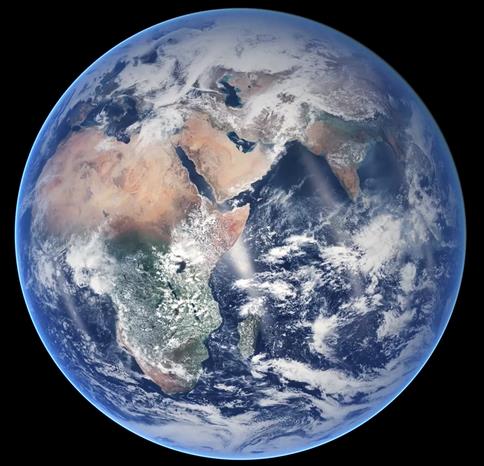
Climate Change and Choosing Where to Invest. Here's an excerpt of an interesting story at
The New York Times: "...Because climate change is happening slowly, Mr. Richardson said, the urgency to act immediately doesn’t seem as great. “
One
of the challenges the world has had in addressing climate change is
that it’s viewed as a long-term problem,” he said. Investors, he said,
“say, ‘Yes, it’s a long-term problem, and it’s not going to affect my
portfolio anytime soon.’ We’d say you’re right. Climate change as a
weather phenomenon isn’t going to affect your portfolio in five to 10
years. But in the shorter term, there is policy and regulatory risk to
climate change.” By regulatory risks, he was referring to a possible
carbon tax on carbon-heavy industries like those in oil and gas, energy and transportation. Any tax could be a drag on the returns of companies in those industries..." (Image credit: NASA).
Can Big-City Mayors Help Solve Global Warming? Here's an excerpt from
The Wall Street Journal: "...
In
the U.S., Democratic-leaning big cities often elect mayors with green
planks in their platforms, in contrast to the Republican-dominated U.S.
Congress, which has sought to thwart President Barack Obama’s climate
agenda. (Mr. Bloomberg, a Republican mayor, backed several major
environmental initiatives.) “We don’t find in our city that kind of
diversity and divisiveness that you find at the state and national
level” on climate change and the environment, said Ralph Becker, the
mayor of Salt Lake City. “We have set reducing our carbon emissions as a
goal for every project we do.”
For Climate Change Refugees, It's Already Too Late to Cut Emissions. Here's a snippet from
Quartz: "...T
he
exact number of climate-change refugees is hard to pin down because
migrants are often set off by a variety of factors, experts say, but
there could be millions. The Internal Displacement Monitoring Centre
estimates that weather-related disasters, which are expected to multiply
as temperatures rise, have displaced an average 22.5 million (pdf, page 9) people a year since 2008, the vast majority of them from poor countries..."

The Latest Attack on Climate Science.
Chalk it up to politics - and a lack of literacy when it comes to the
scientific method. Don't like the message? Attack the messenger. Here's
an excerpt of an Op-Ed from
The New York Times Editorial Board: "...
Attacks
on climate science are nothing new — Republicans in Congress have been
trying to cut funding for climate research for years. What’s especially
disturbing about this attack is that it appears based on a fundamental
misunderstanding of how science operates: The re-examination of previous
conclusions, which Mr. Smith casts as nefarious, is merely an example
of the scientific method at work. NOAA says there is no truth to the
allegations that the study’s conclusions were politically influenced, or
that the paper was rushed, noting that it was subjected to strict peer review
before publication. The decision of when to publish the paper rested
with Science, not with NOAA. The authors of the paper have made their
data publicly available. If Mr. Smith or anyone else wishes to critique
the quality of their science, they do not need a subpoena to do so..."
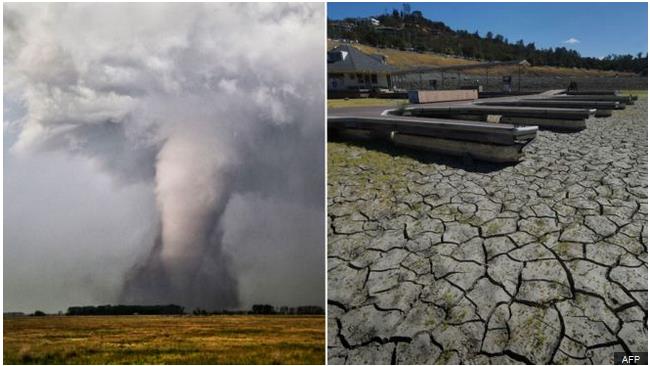
Americans Obsess Over Weather But Not Climate. Who is connecting the dots?
The BBC takes a look at our national obsession: "...
The
second story was the latest shocking weather to strike the United
States. There is rarely a night when extreme weather isn't on the
bulletin. America gets seriously wild, raucous and disruptive weather -
last night it was storms in Oklahoma, Minnesota and Kansas. Then, two or
three stories later, there was a report on the climate change
conference in Paris. As if the two are totally disconnected, two
completely different subjects. What link could there possibly be? What
dots could possibly be joined? Here's an observation that will probably
infuriate many - Americans are obsessed by weather, and not much
interested in climate..." (Photo credit: AFP).

Paris: It's All About the Money. What a shock. Here's an excerpt from : "
In the end, a successful climate change accord
all comes down to money. Financial commitments from richer nations
historically responsible for greenhouse gas emissions are important to
the outcome of the talks, because they serve as carrots for poorer
nations to cut back on their reliance on coal. The problem is, rich
nations just don’t have enough of an appetite to foot the full bill on
adaptation and clean energy, and the U.S. wants to ask large developing
nations like China to help. China has balked at that proposal. China and
a group of 130 developing nations released a statement Wednesday
evening that exposes just how deep the fault lines run between developed
and developing nations on who pays for climate change..."
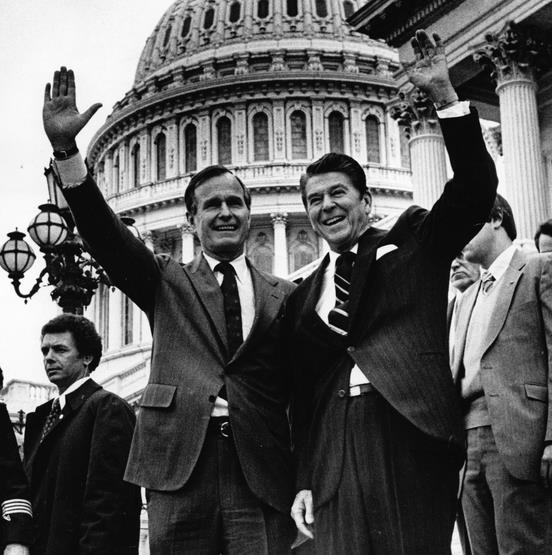
Reagan, Bush 41 Memos Reveal Sharp Contrast with Today's GOP on Climate and the Environment.
I wonder what The Gipper would make of the fossil-fueled insanity and
science-denial gripping Washington D.C. Here's the intro to a story at
The Washington Post: "
The
memos, stamped “confidential” and kept under wraps for years, portray a
White House eager to assert U.S. leadership on climate change. Global
warming will have “profound consequences,” one document warns, and the
United States “cannot wait” until all scientific questions are resolved
before taking action. The source of the memos: Not the Obama White
House, but policy advisers to President George H.W. Bush. The memos were
among several formerly classified documents from the Bush and Reagan
administrations obtained under the Freedom of Information Act and
released on Wednesday by the National Security Archive..."
File photo credit above: "President-elect Ronald Reagan and George H. W. Bush after their visit to Capitol Hill in 1980." (James K.W. Atherton/The Washington Post).

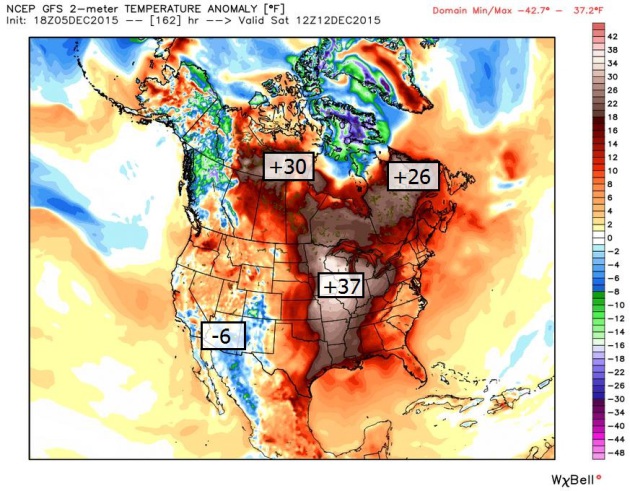
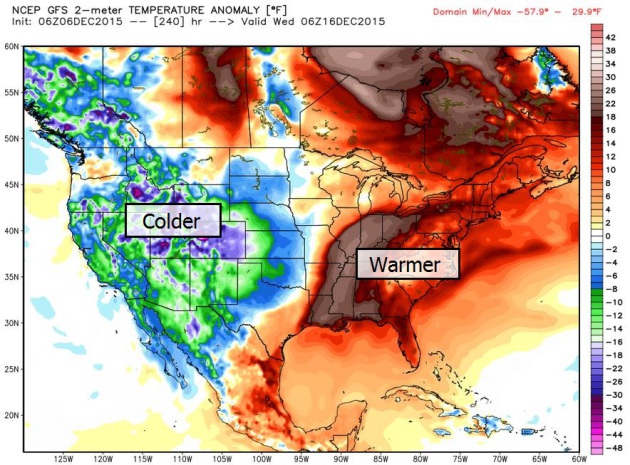
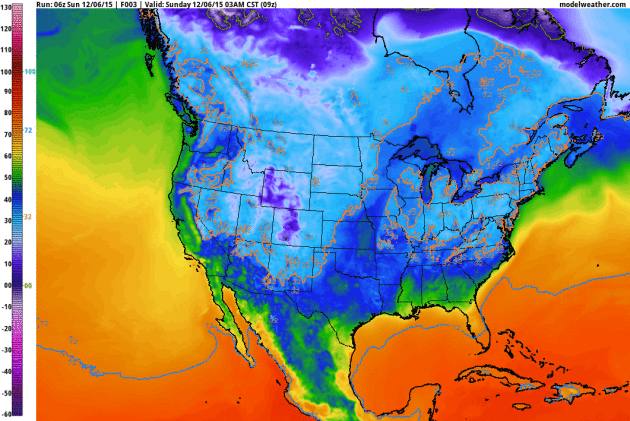

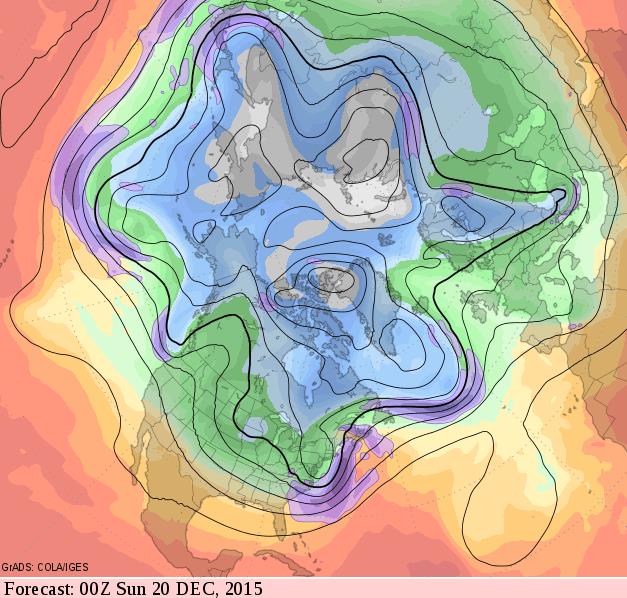
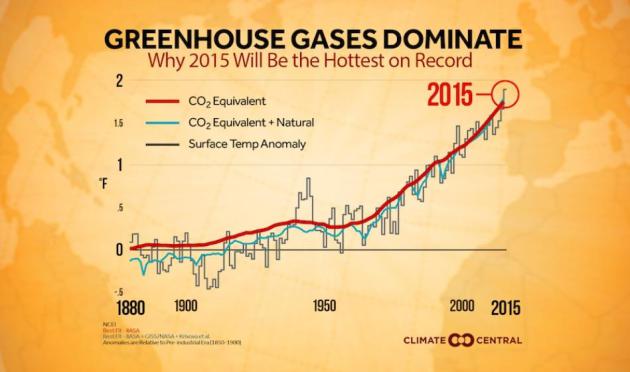
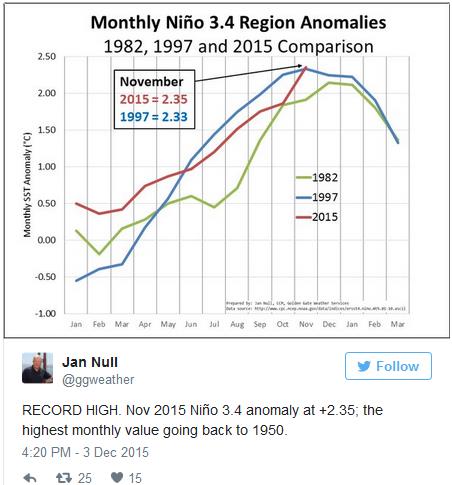

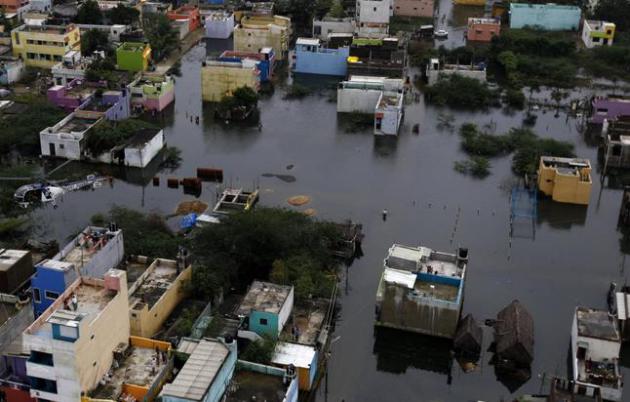







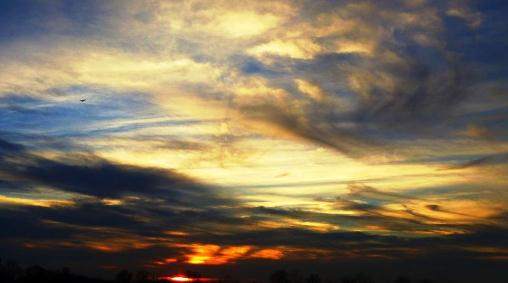

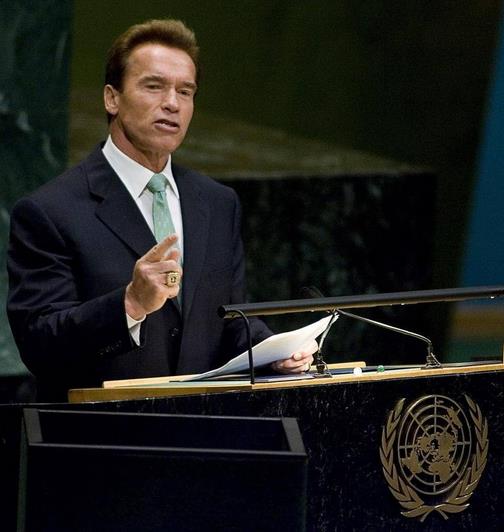








No comments:
Post a Comment